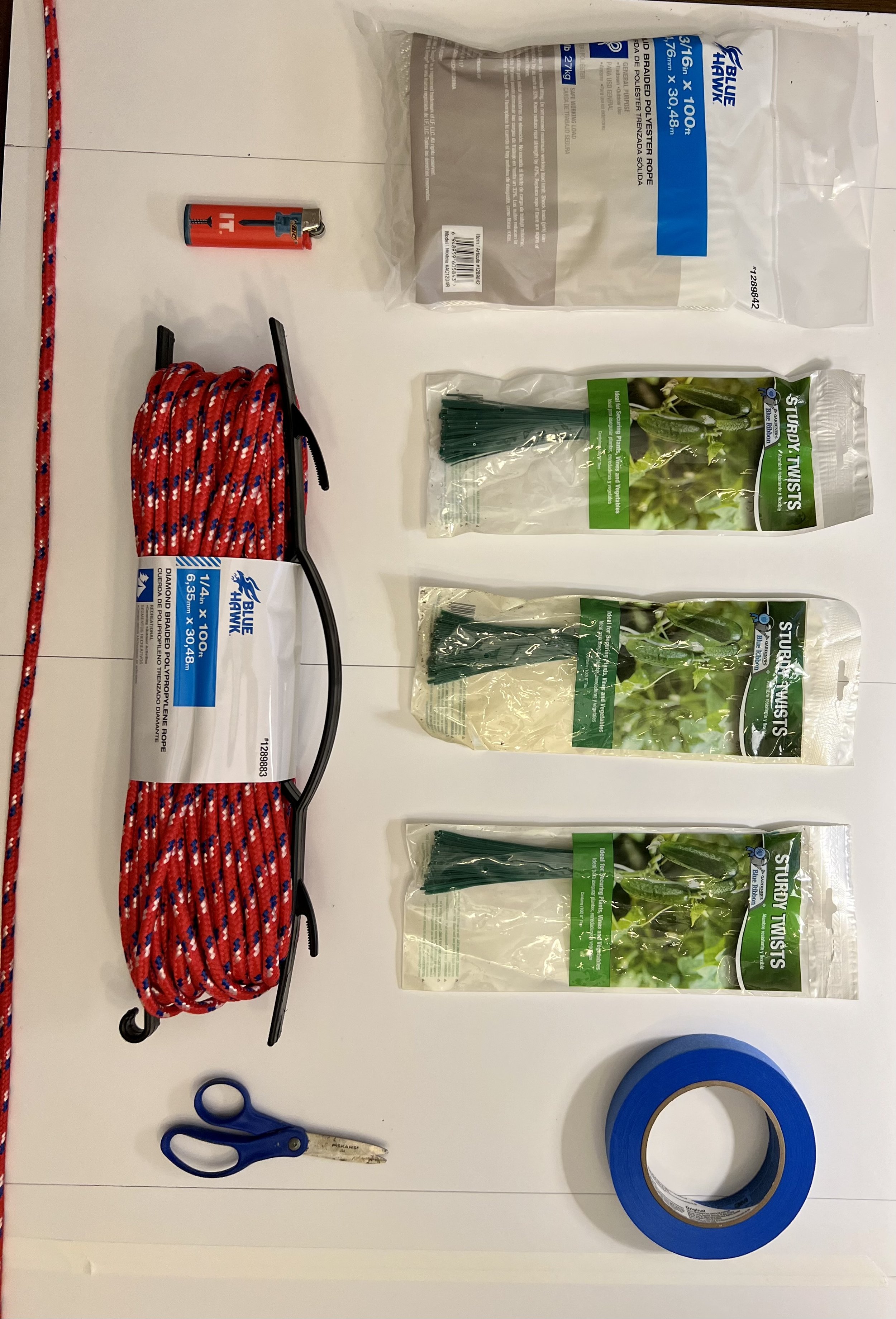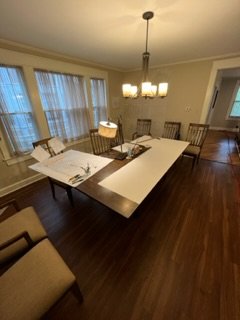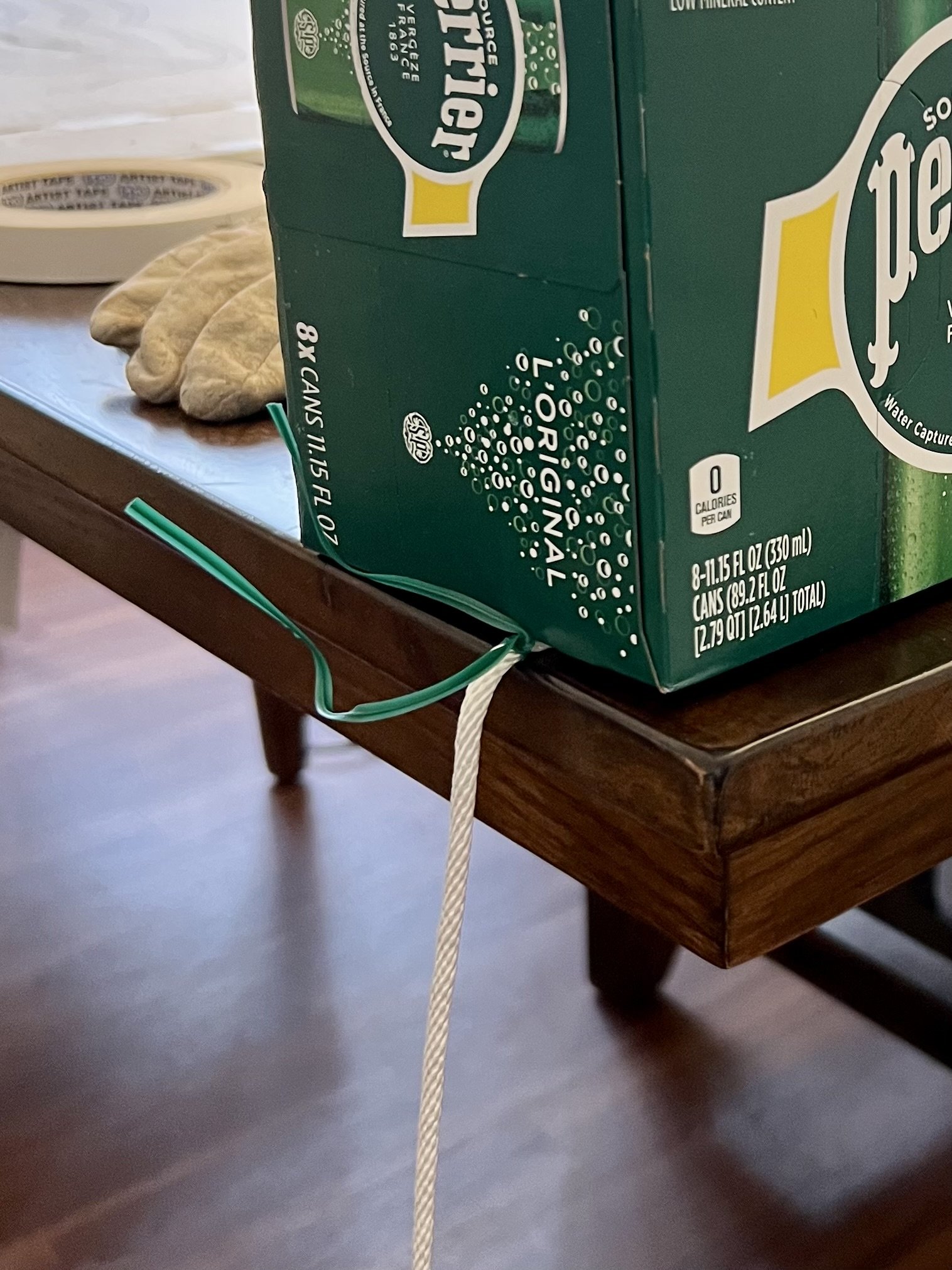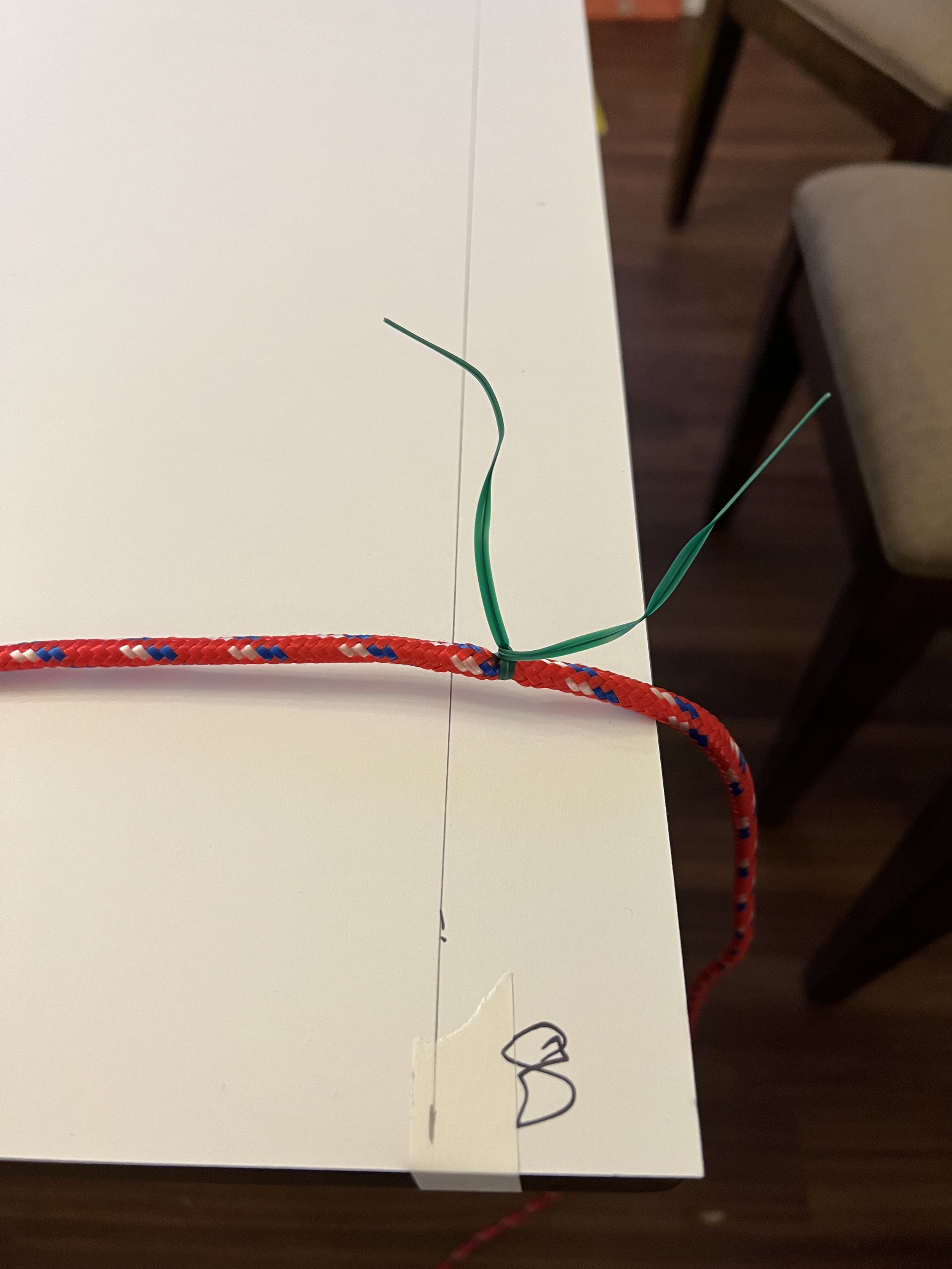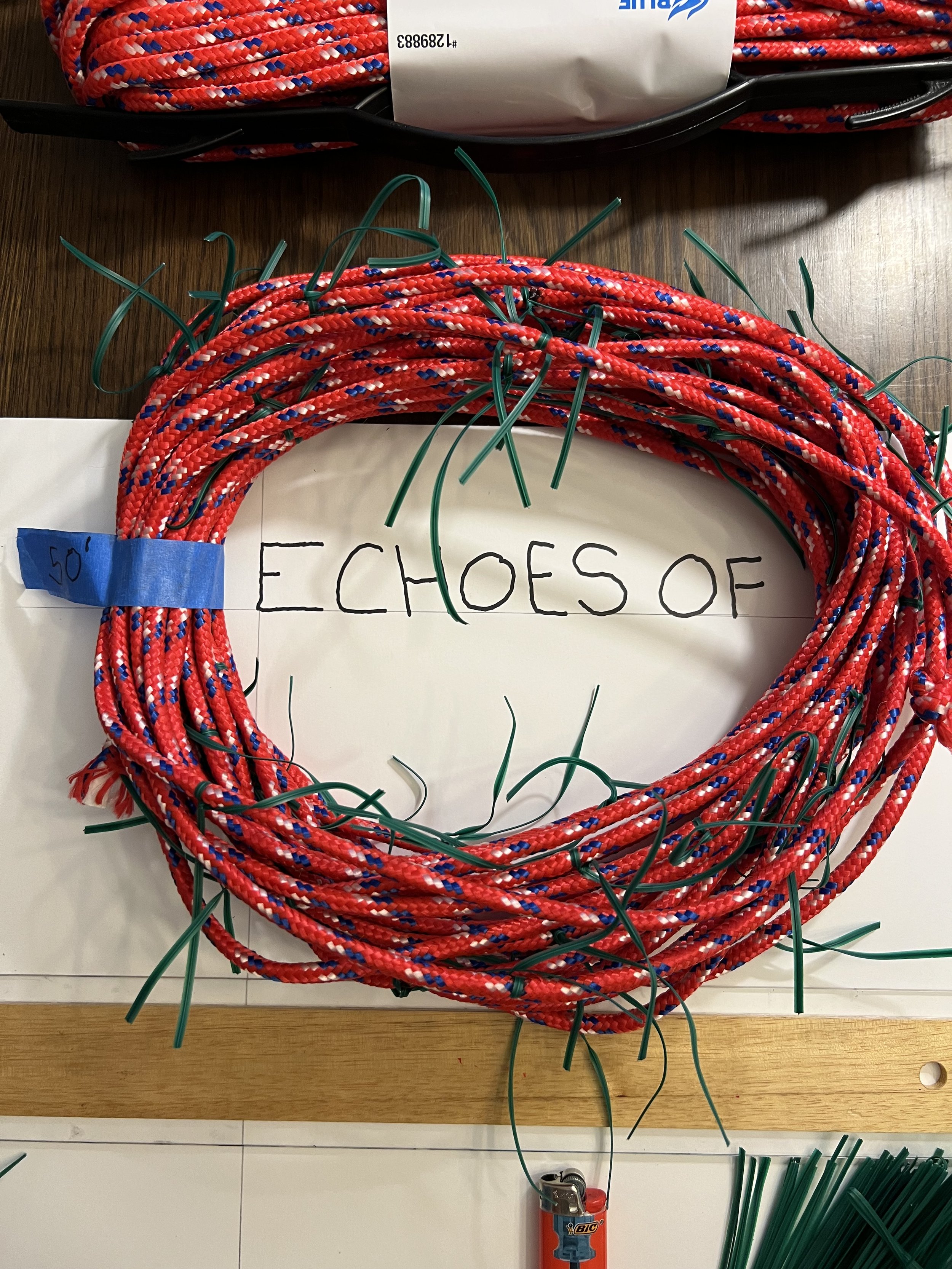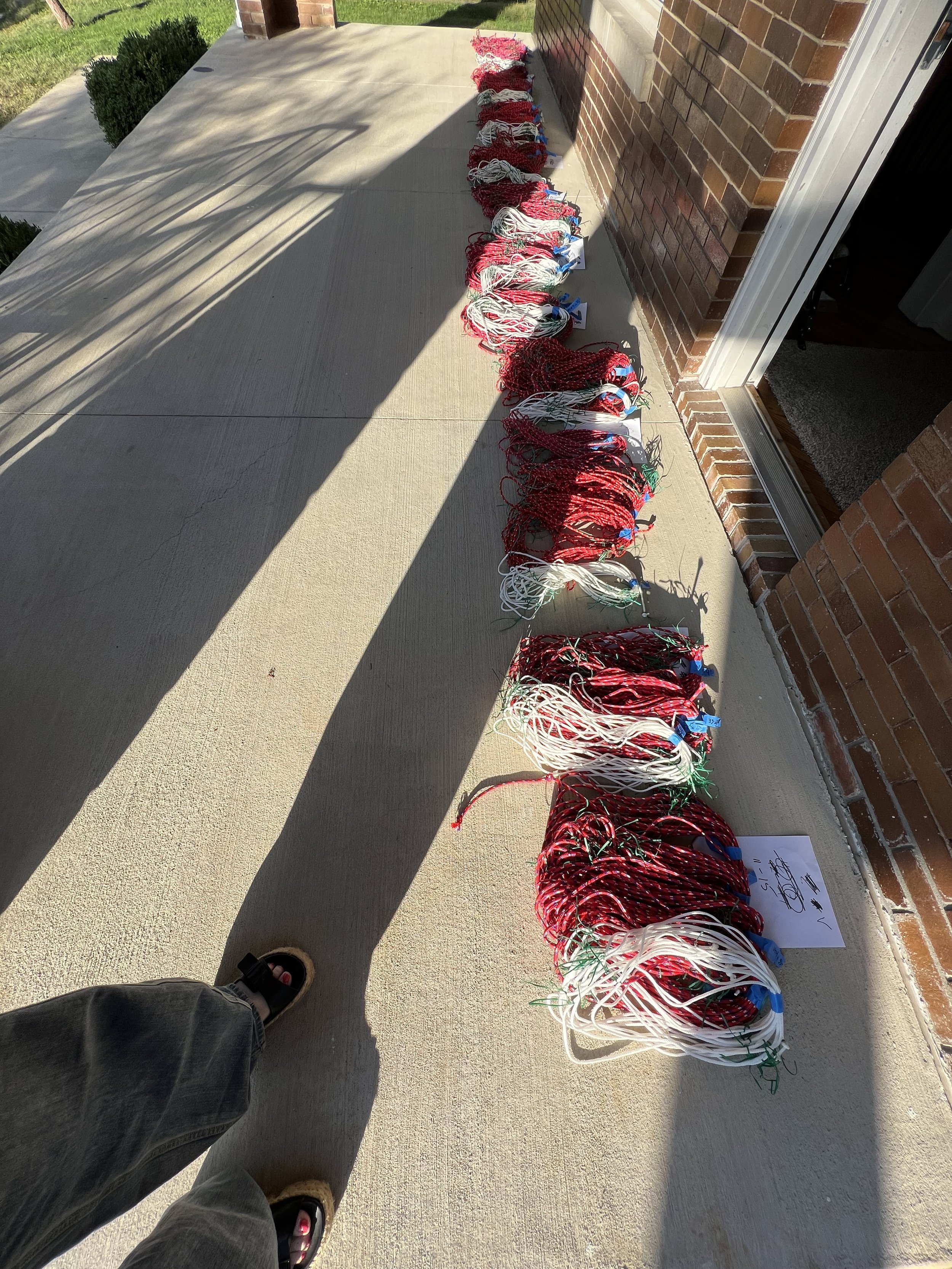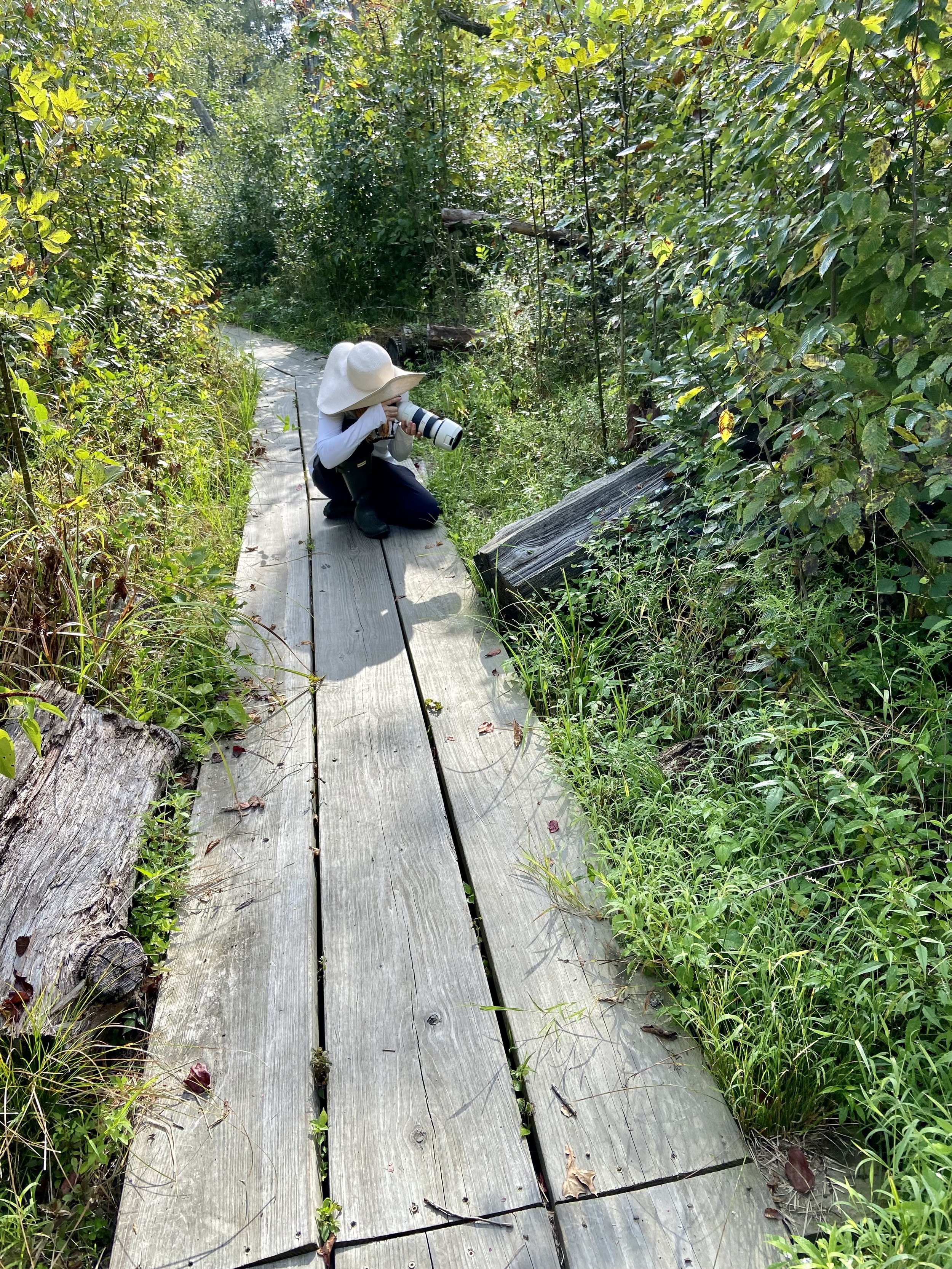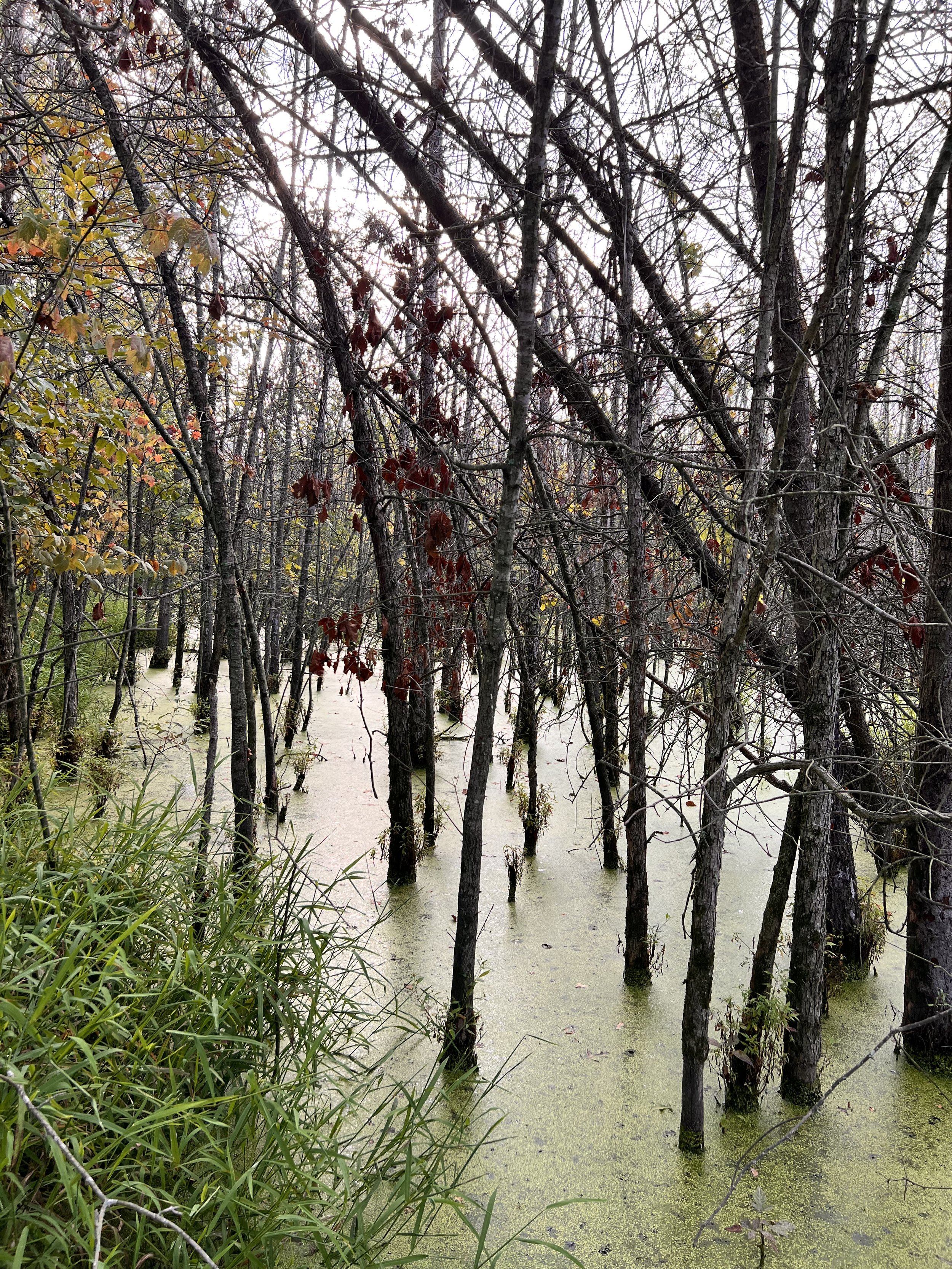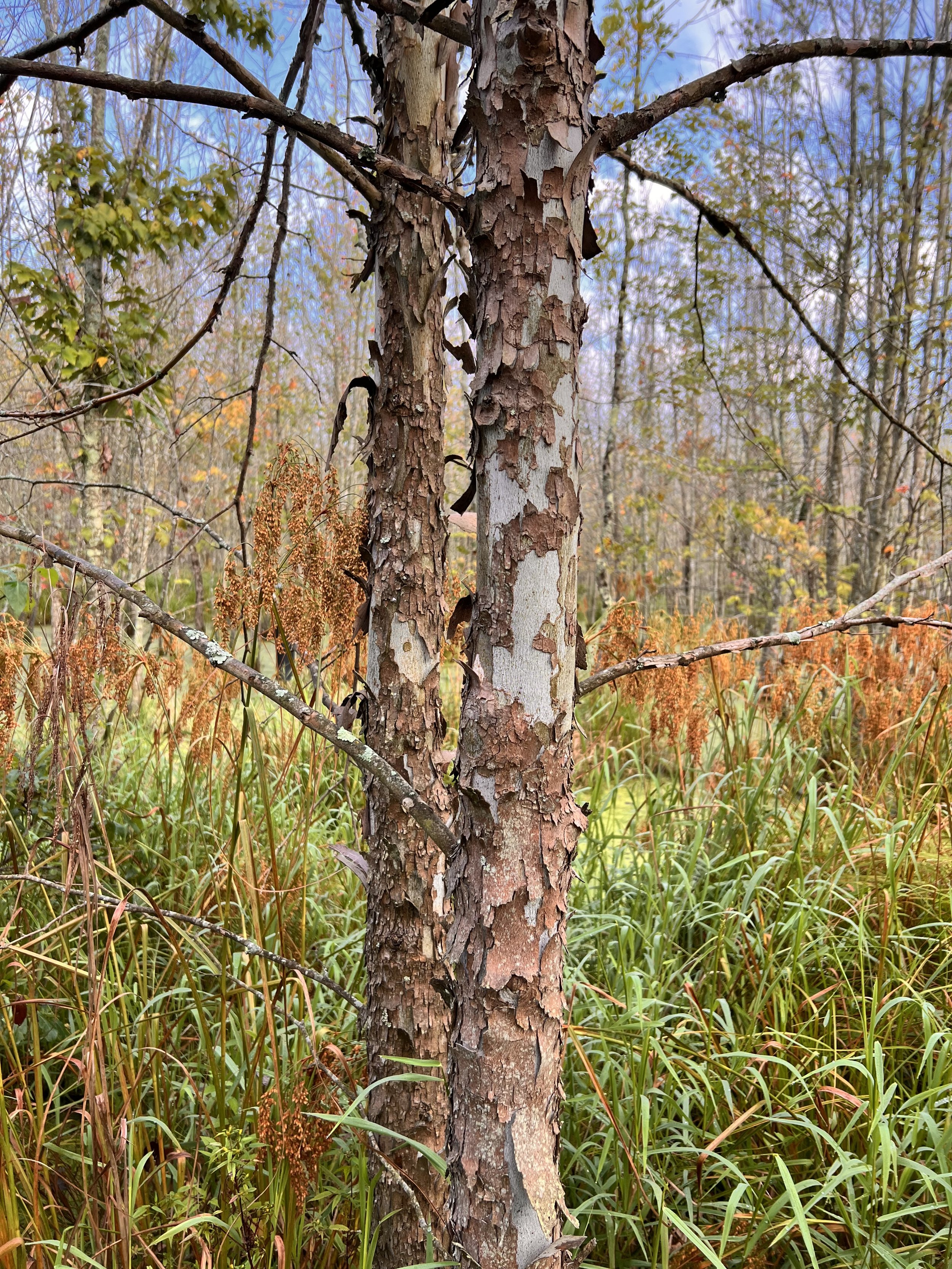October 11th was the end of the first leg of my residency. The experience truly supports the statement you don’t get what you want but you always get what you need. I did not seek out the residency but I can see how it is helping me take my Social practice to the next level.
It is giving me the opportunity to use; the symbolism of a labyrinth, the regenerative symbol of a bison, the turfgrass of an institute of the US collegic system to change societal habits. These features alone are rare and hard to come by resources.
Exploring the campus and discussing my plans with all who would listen resulted in IU providing me with the opportunity to add a few more layers to the work. Specifically conceptualism, archeology and anthropology.
Conceptualism- The Eskenazie Museum on IU’s campus has one of the three complete collections of Marcell Duchamps readymades. Seeing these pieces of Duchamp the father of conceptualism from the 60!s and 70’s gave me the idea that my work at Indiana would be more impactful if it is conceptual.
As I began to plan the labyrinth design and installation I began to see how beautifully Conceptualism works with Social sculpture. If I create the concept and the design the steps to install it and the students implement my concept and design it becomes theirs. It won’t be my art they assist me with it will be their actions taking meaningful steps.
The last Monday at IU in a meeting discussing the actual installation process with one of the professors and directors of the Hilltop Gardens it was suggested I work with the anthropology department and Archeology departments when I return. Archeologists will be enlightening when it comes to installing the grid. The Anthropology department can help facilitate a possible relationship and sharing of culture between the students of the First Nations and the students who do not have a deep connection to the land. I would like the installation to be a catalyst for the two groups to develop a unified way forward, a new tradition or ceremony that will give them all together a personal connection to the landscape and the biodiversity it will support.
The next step is to get the University wheels to approve a site. To be the most successful the site needs to be a sea of turfgrass, have full sun, be spacious enough to accommodate the 85’ X 54’ bison, and accessible to the students and community.
I am thrilled to announce that in late January 2024, IU selected a sloped plot of The Hilltop Gardens for the installation.
Related blog posts
A labyrinth of what shape? http://www.cindeeklement.com/blog/2023/10/2/what-kind-of-labyrinth-a-seed-a-beautiful-design-a-bison-that-is-the-question
The design
http://www.cindeeklement.com/blog/2023/10/8/the-labyrinth-design-how-will-it-be-installation
From 8” X 10” to 53’ X 85’
http://www.cindeeklement.com/blog/2023/10/7/how-do-you-build-a-labyrinth



























